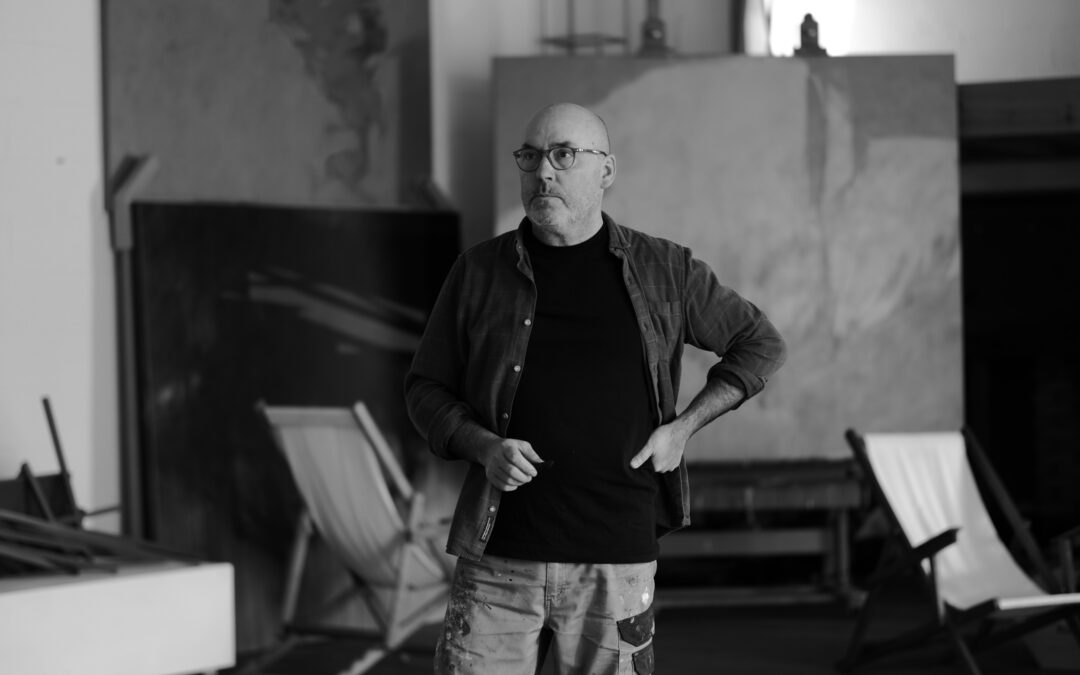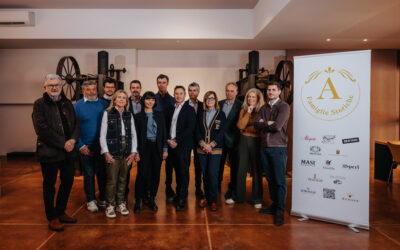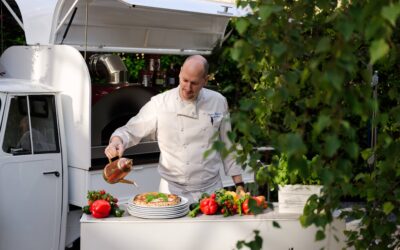With a journey that began in 1986, artist Fernando Gaspar collaborates and is represented in Institutions and Art Galleries in Portugal, United States, United Kingdom, Sweden, Italy and Germany. So far, he has held over seventy solo exhibitions and his work has won some national awards and prizes. It is represented in Public, Institutional and Private Collections in Portugal, Spain, France, Netherlands, China, Belgium, Switzerland, United Kingdom, Denmark, Italy, Canada, Colombia, Sweden, Germany, Brazil and the United States. Over the years, the plasticity of his work has evolved into an increasingly reflective and contemporary approach, marked by a very strong and unapologetic-ally independent language.
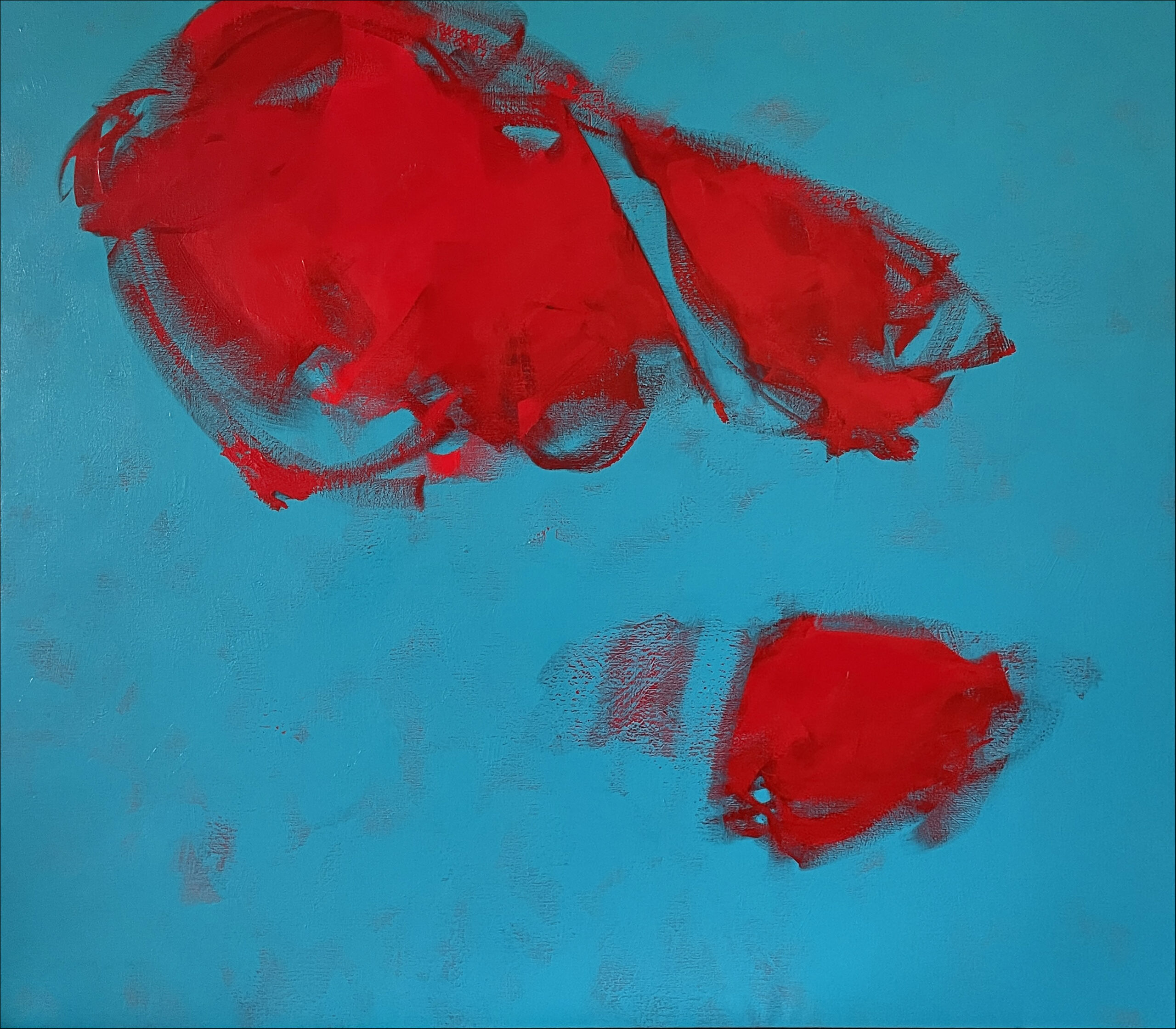
What’s your artistic background?
The creative drive and a huge need for independence and freedom traced the first lines of my journey. In a still early time of formal academic decisions, I chose to forge my alternative path of self-discovery. My education in this field stems from self-teaching and an incessant search for processes. I have dedicated my entire life to this quest and learning. Over these 38 years of continuous work, there are thousands of hours of experimentation and accumulated practice.
What’s integral to the work of an artist?
The artist needs to be someone sensitive, attentive, and aware; technically well-trained and practiced to express themselves effectively. These conditions allow for the development of a coherent and solid discourse, with interest and value.
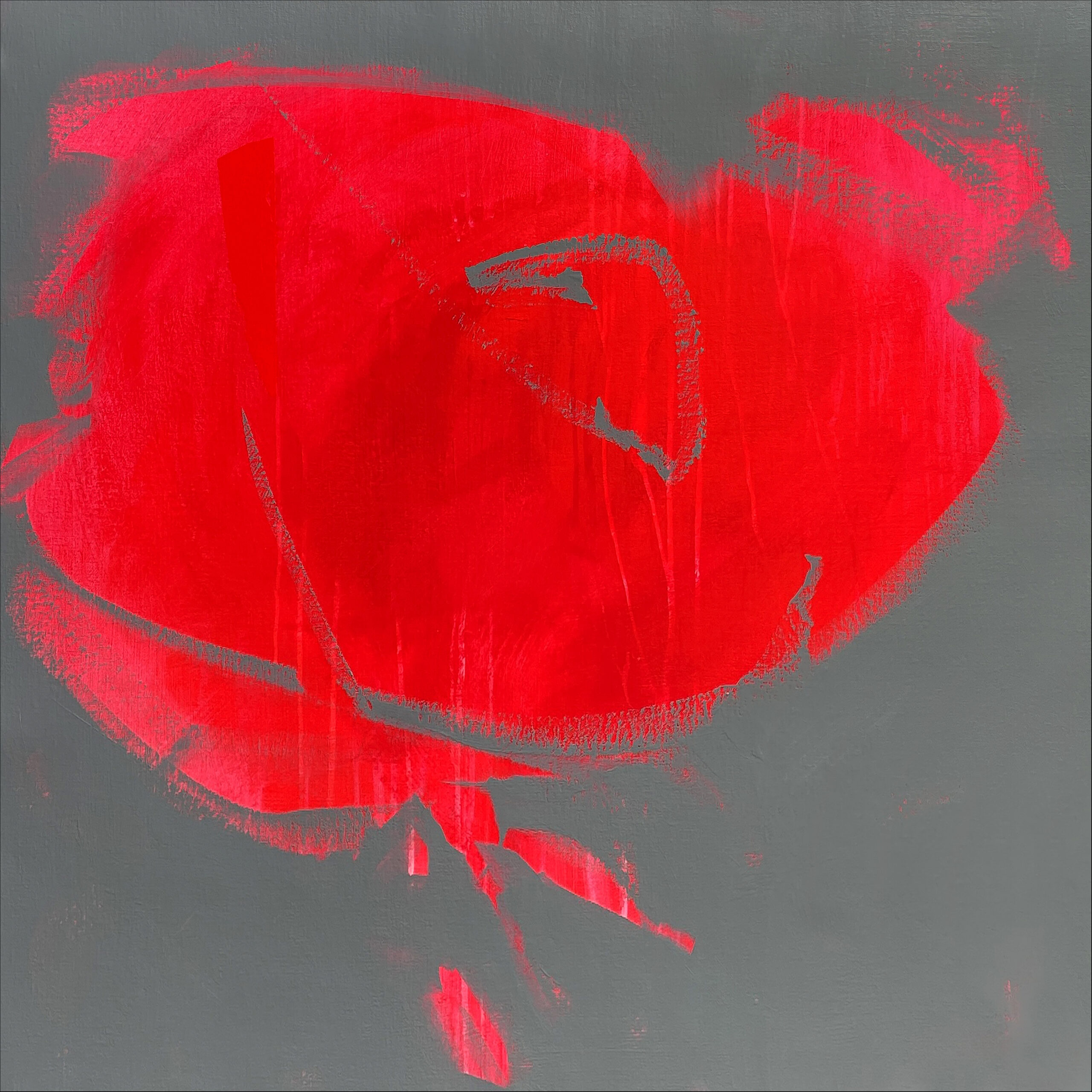
What role does the artist have in society?
In a society that tends to be technological, normative, and superficial, the artist takes on the role of a marginal entity to all these phenomena, questioning, confronting and provoking them. Society sees in the artist’s role the essential dimension that it lacks in its progression and disregards its daily mechanisms. It’s the critical dimension, intelligently subversive and constructive. It’s the ability to ‘feel’ from another place and at another speed, another dimension of human genius.
What art do you most identify with?
Over more than three decades of work, my artistic language has evolved through various approaches; more figurative at the beginning, gradually synthesizing in form and deepening in content. In these recent years, my expression has become predominantly abstract.
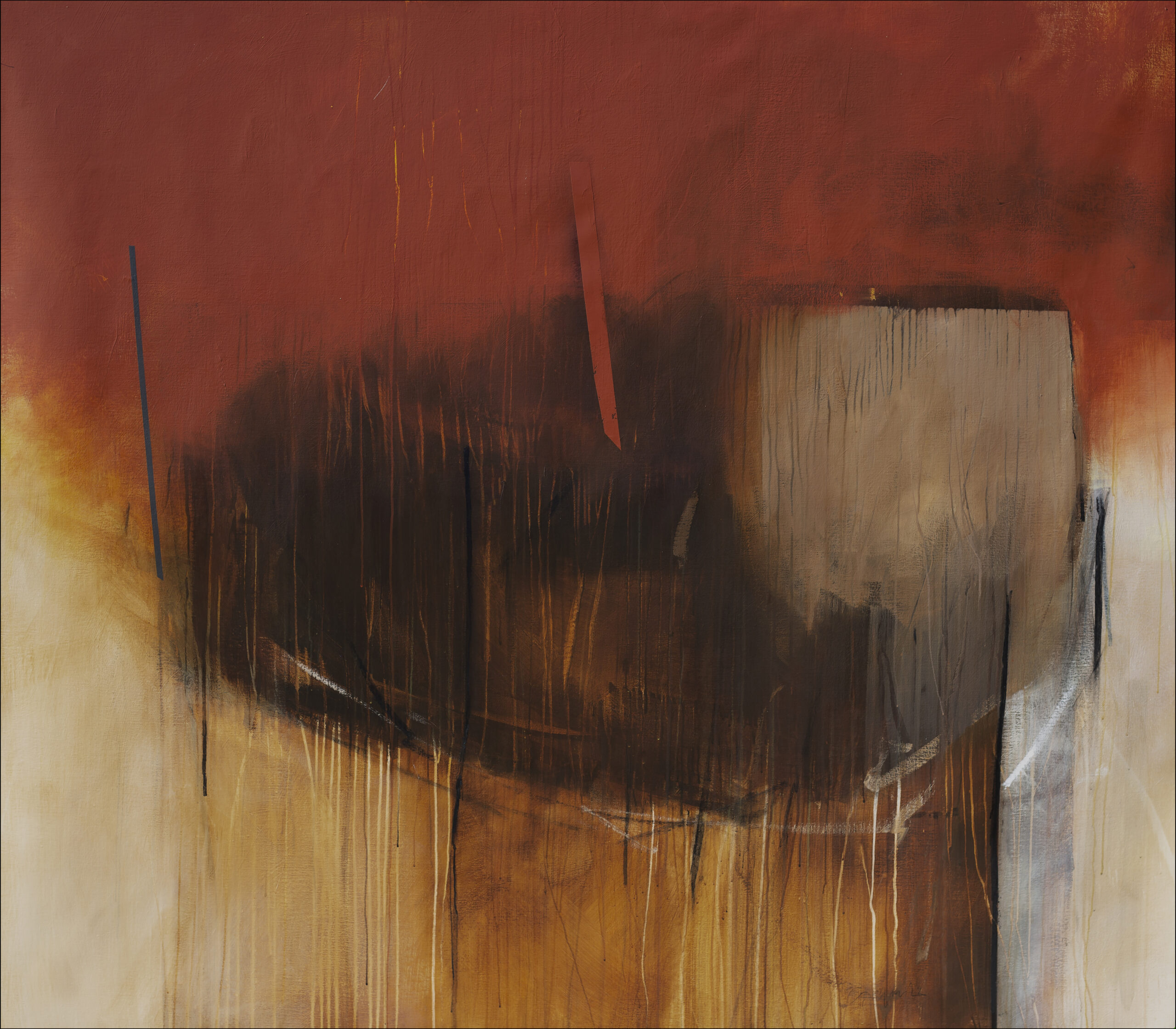
What themes do you pursue?
My work unfolds in ‘organized’ series; for some time, sometimes years, I delve into a theme and explore all my readings about it, the impulses it triggers in me. Looking back at all these series, I think there is a common element to all of them: the idea of “place,” the notion of a seminal space, a poetic place of departure, passage, and arrival, simultaneously.
What’s your favourite art work?
In different moments, different works. It wouldn’t be fair or very coherent to identify one in particular. From the contact with any artwork results a unique and unrepeatable moment, the combination of everything it offers merges with our ability and willingness to distill it. We will then be something else, we will be better, more complete.
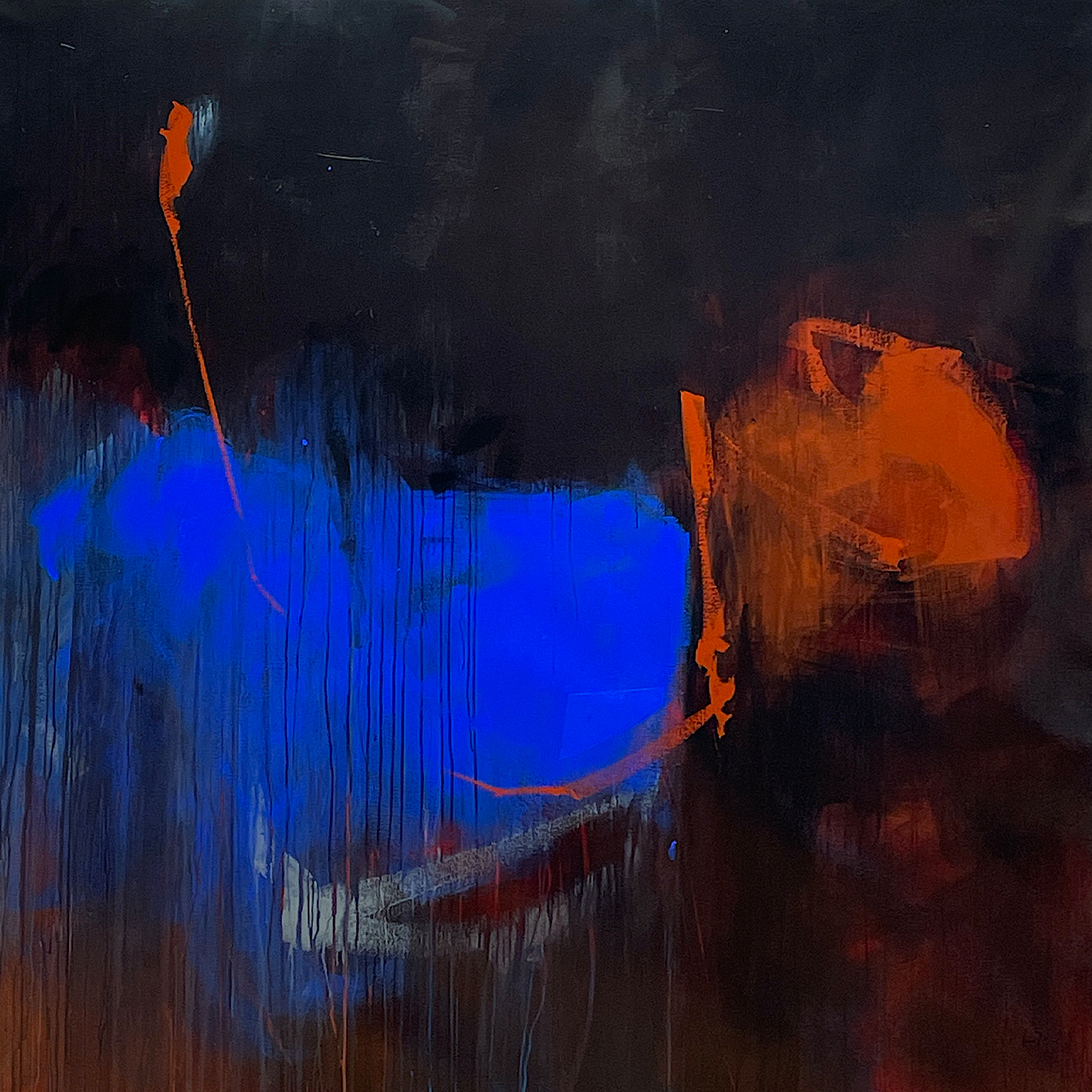
Describe a real-life situation that inspired you?
Travel inspires, people, books, trees… all of this is at the genesis of something I have painted. During a trip to a river, I had the rare opportunity to confront its rugged banks, the waters, sometimes narrow and fast, sometimes wide, calm, reflecting the dizzying rocky walls. I felt small in the face of the scale and strength of such nature, overwhelmed by the silence and vertigo. It was an experience that motivated a long series of large-scale paintings and some exhibitions in Europe and America.
What jobs have you done other than being an artist?
This has been my only daily activity for over three decades.
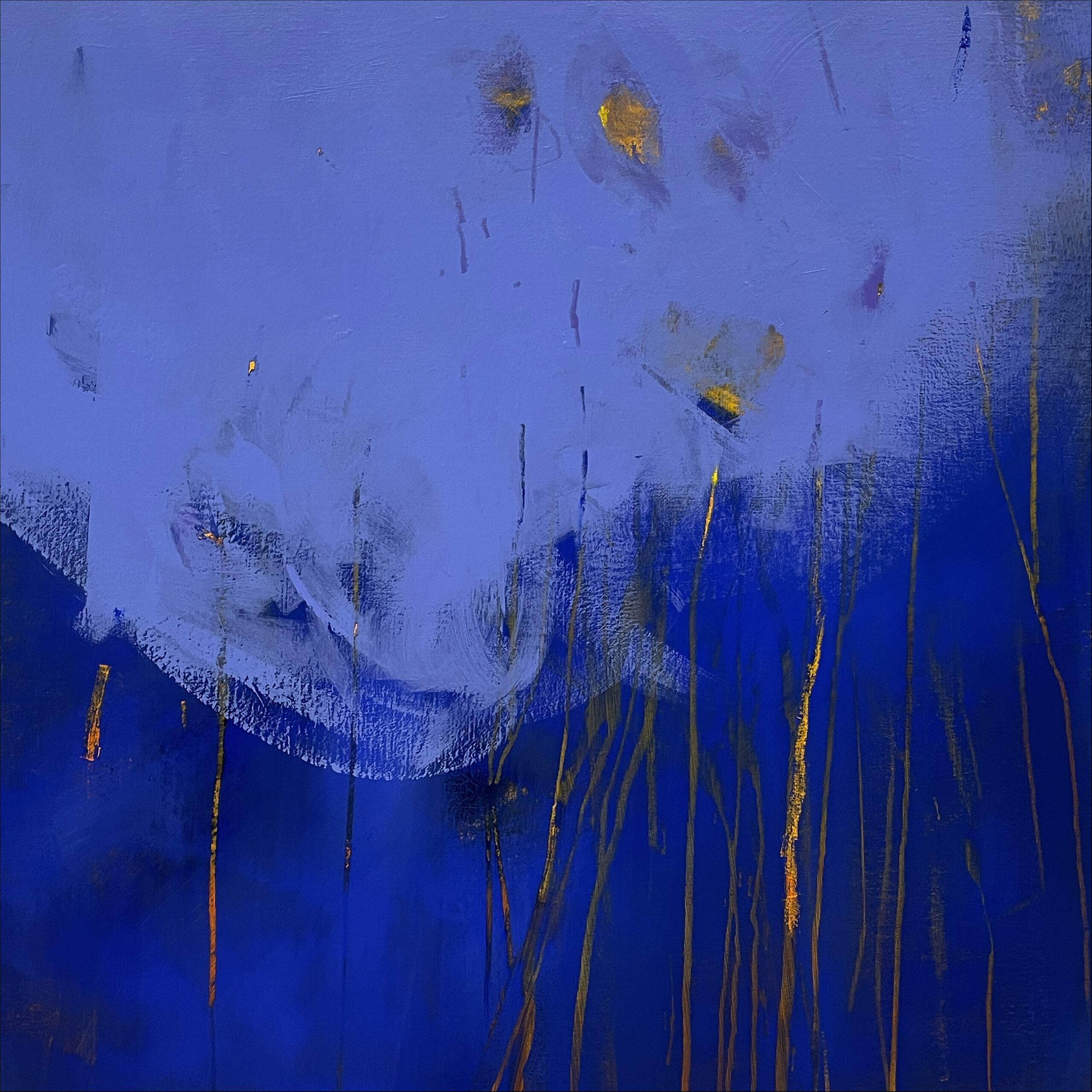
Why art?
Perhaps because I was born with a certain aptitude for creativity. Some sensitivity that I have cultivated over time. Exploring new forms that translate the perception I have of the world, whether in painting or even sculpture, is absolutely vital to me.
What is an artistic outlook on life?
It’s a constant attention to what surrounds us. Often such a keen perception that it becomes unsettling. It’s about valuing the smallest and most insignificant moment, preserving it in the form of an artistic object, and being able to return it to others, as if our vision were sharper, our hands more skillful, our reach farther. It’s, for all these reasons, often a wonderful, ungrateful, and arrogant condition.
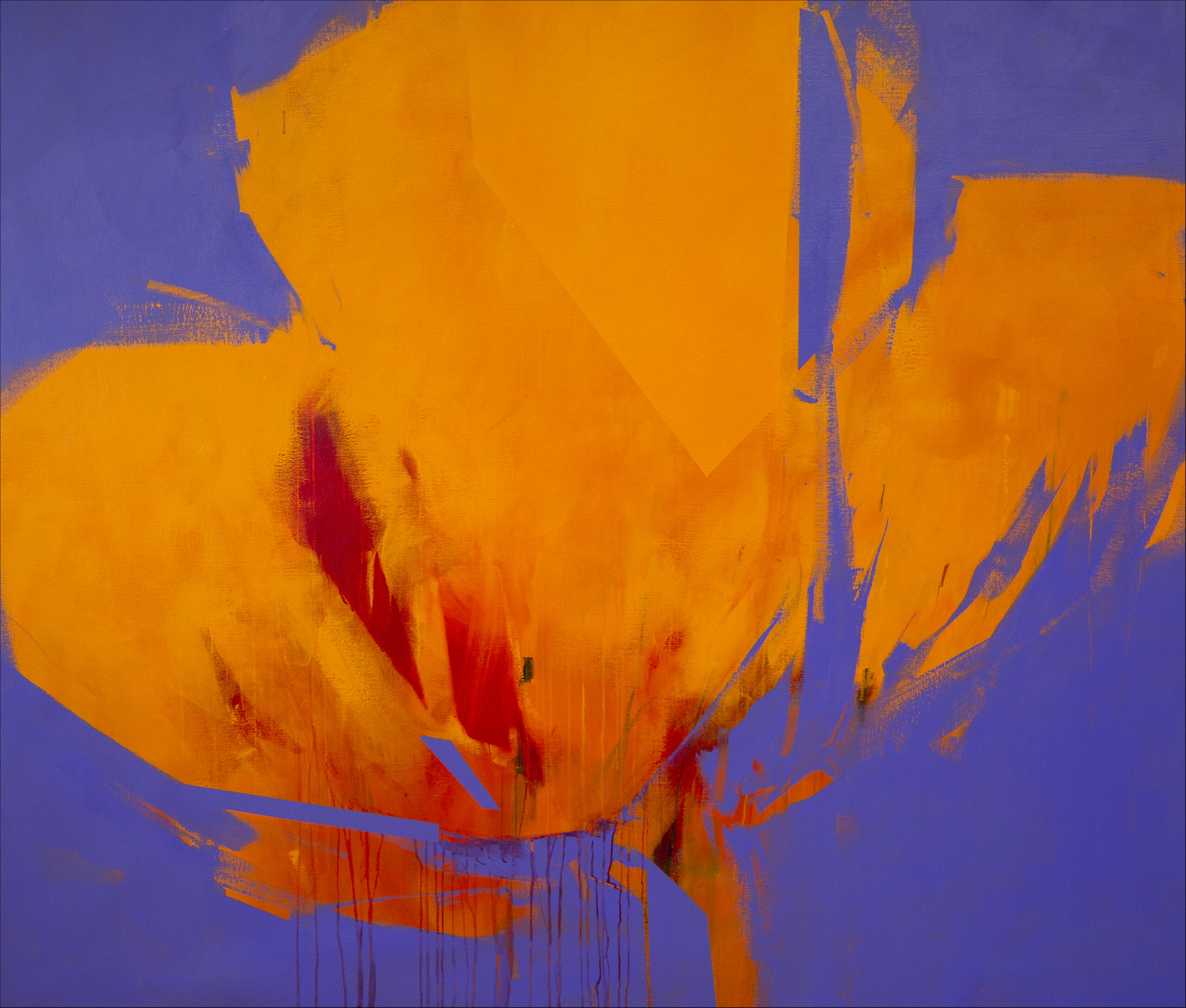
What memorable responses have you had to your work?
I have been fortunate to see my work recognized over such a long period, in its various phases. Through the awards it has received, the interest shown by art collectors, and the attention it has garnered from audiences around the world. This past Christmas, a grandmother sent me a letter to Santa Claus from her 11-year-old granddaughter, in which amidst a long list of games, books, and other gifts, was a painting by Fernando Gaspar! It was one of the most memorable responses to my work…
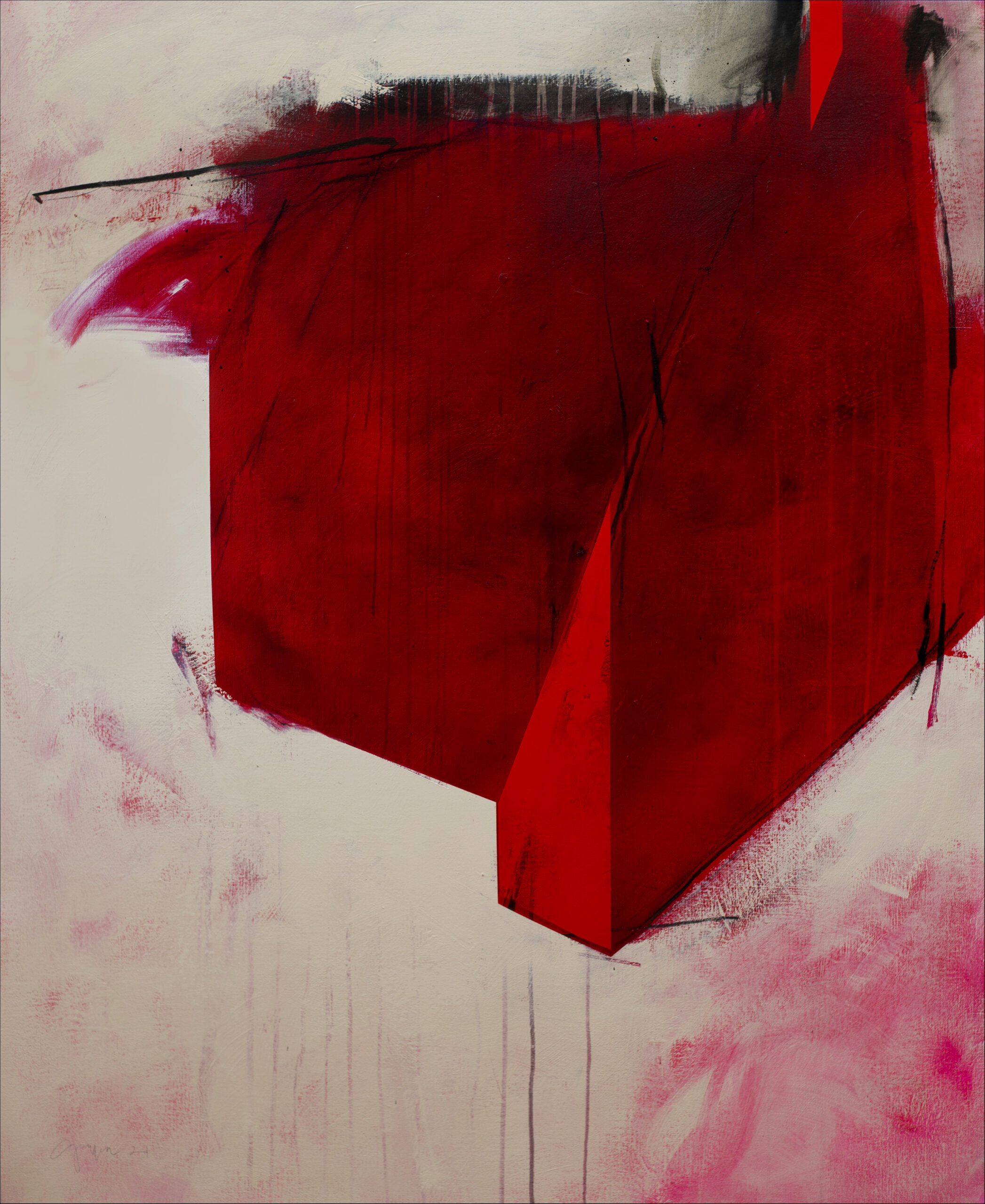
What food, drink, song inspires you?
All of this inspires me! As a Portuguese, I love Mediterranean cuisine and the excellent wines the country produces. When traveling outside this context, I make a point to taste and savor what others eat and drink. Gastronomy is one of my great pleasures. Music is a constant presence in my studio while I work. I prefer more contemporary music, but I also listen to other things.
Is the artistic life lonely? What do you do to counteract it?
It’s a very solitary process, but it doesn’t bother me much. In fact, I really enjoy spending long hours alone in the studio, working or researching something. I think it has become the condition I prefer the most. However, I have many friends with whom I share a lot of my life, from the pleasure of dining to travels. In addition to all this, there is also the social life related to my activity, exhibition openings, some interviews, participation in events, etc.
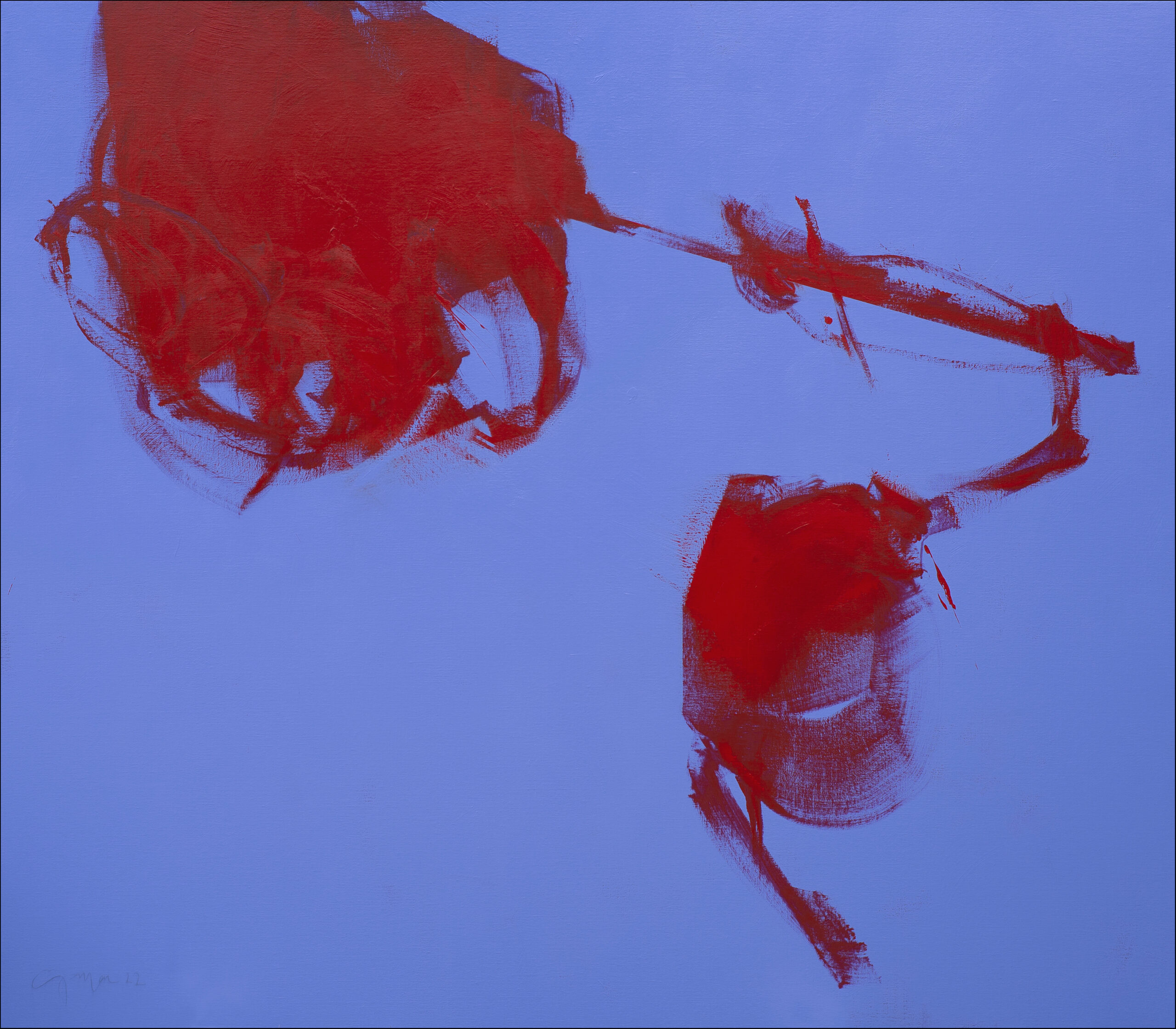
What do you dislike about the art world?
I don’t like the frivolity or superficiality that is increasingly evident in both producers and sellers. Although art often reflects the moment it’s created and captures the essence of our time, it’s also a characteristic of our era to need to slow down a bit and not opt for the easiest, quickest route. Being aware that trivialization serves ill purposes.
What do you dislike about your work?
The fact that I cannot completely escape all the practices and agents that constitute the art world, its vices, the perniciousness of its practices. In order for this activity to be possible and for me to make a living from it, I have to engage with a world with which I don’t always share the same ideas.
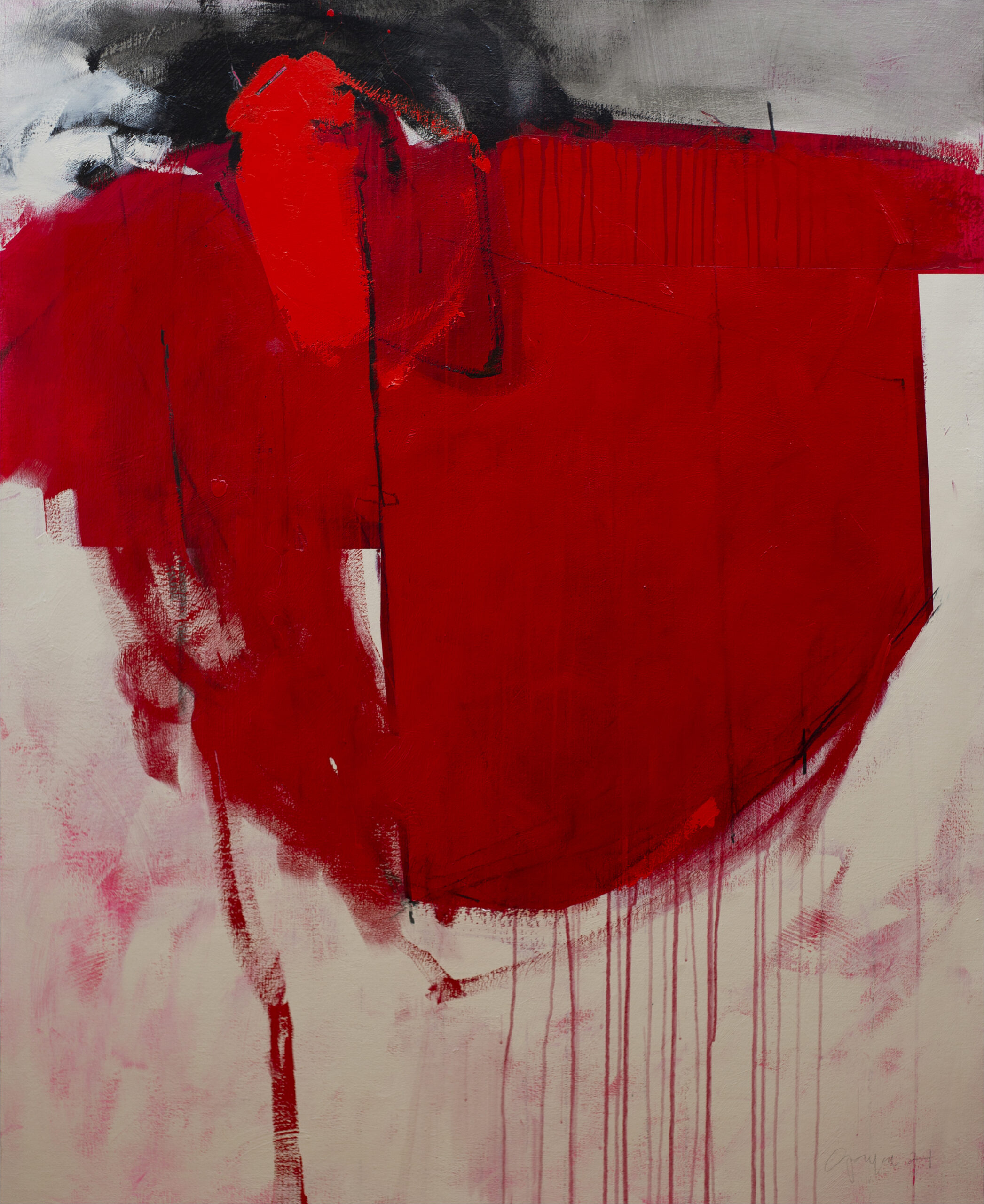
What do you like about your work?
The moments of freedom and discovery, the doubts and uncertainties. These are moments of great excitement and ecstasy.
Should art be funded?
Taking into account its role as the collective heritage of a country, it should be supported in part through various possible means. A country owes to its producers not only to promote acceptable taxation but also to have a sustainable policy of acquisitions and national and international promotion.
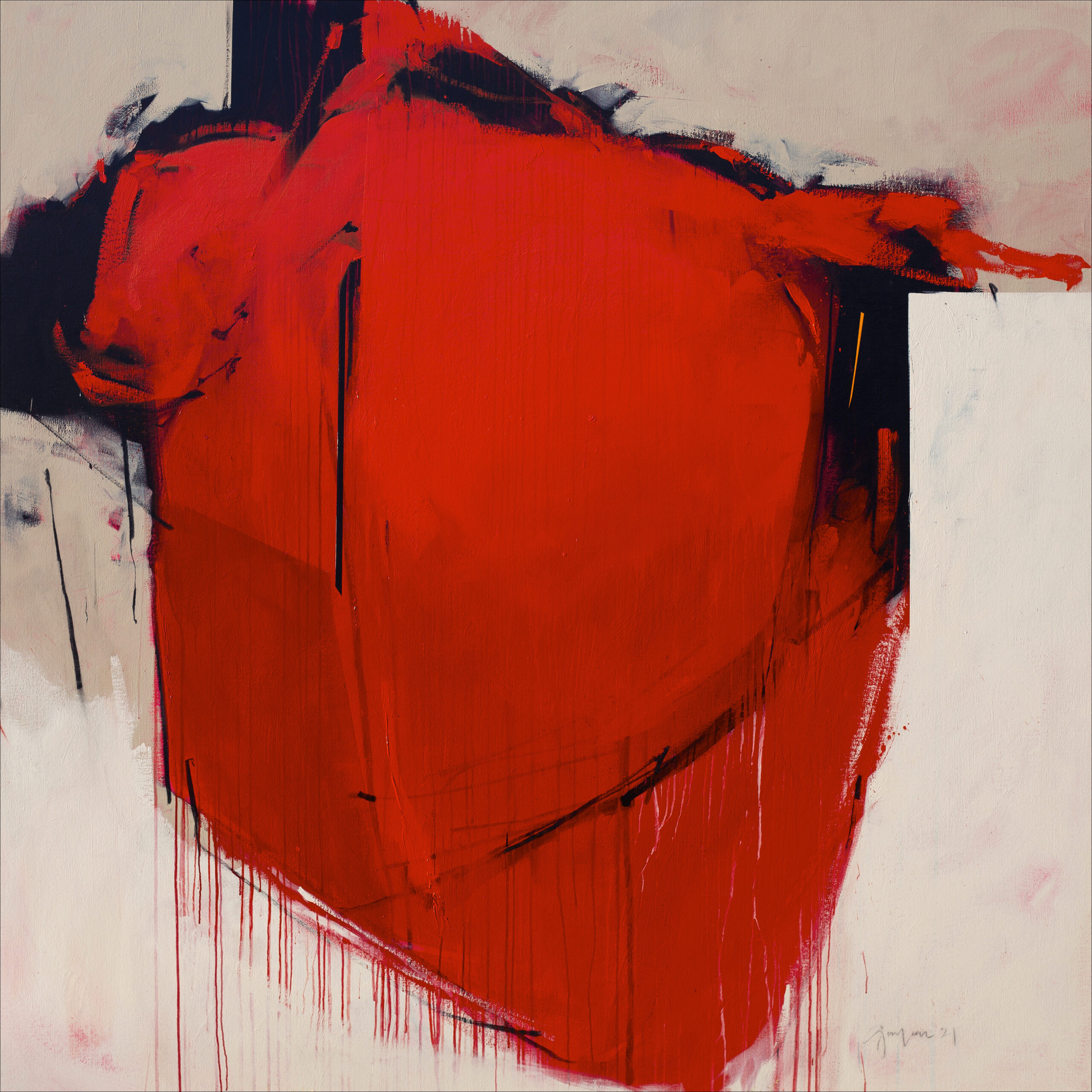
What role does arts funding have?
It is about promoting and sharing the costs involved in its production and dissemination. A society or country where this is practiced is a wealthier and more educated society or country.
What is your dream project?
I have a few that have already been achieved. Living exclusively from painting is one of them. Then, having surpassed the geographical boundaries of my country, exhibiting in galleries on other continents was also an important accomplishment. Now, the dream is to be represented in some museums, featured in galleries with the capacity to place works in important collections.
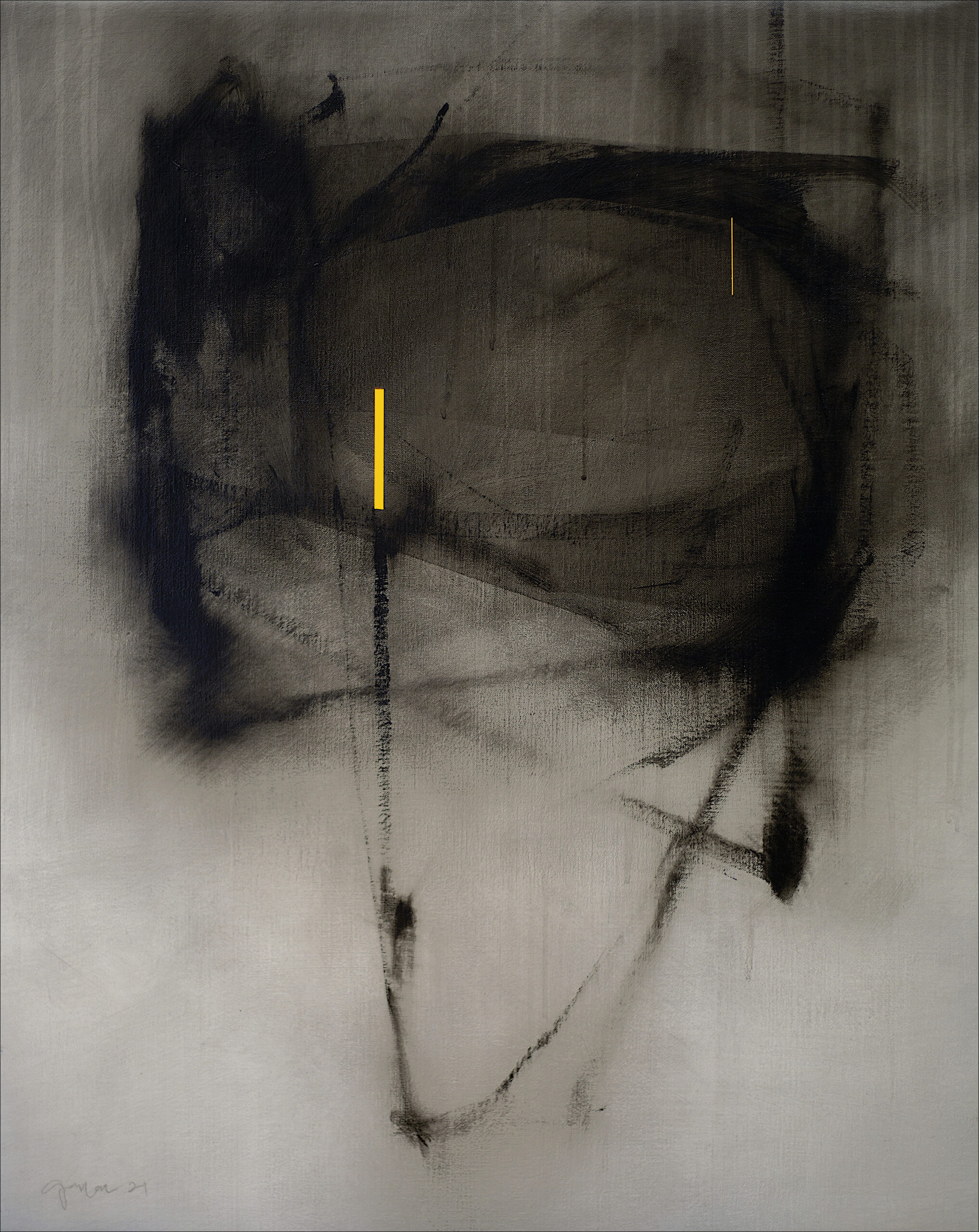
Name three artists you would like to be compared to.
Throughout our life and work, we accumulate references, paying closer attention to certain artists in particular. This is a natural learning process; at different stages of my journey, I have been more attentive to some artists and less so to others. These processes often involve inter-discipline that leaves us perplexed. Such as being a painter influenced by a musician… or a filmmaker influenced by a sculptor… The process of acquiring knowledge is itself permeable and subject to comparisons and references which, in my case, for coherence and fairness, I now find somewhat difficult to identify. Thus, without wishing to be compared, I confess that I greatly admire Motherwell, Tapiés, Chillida…
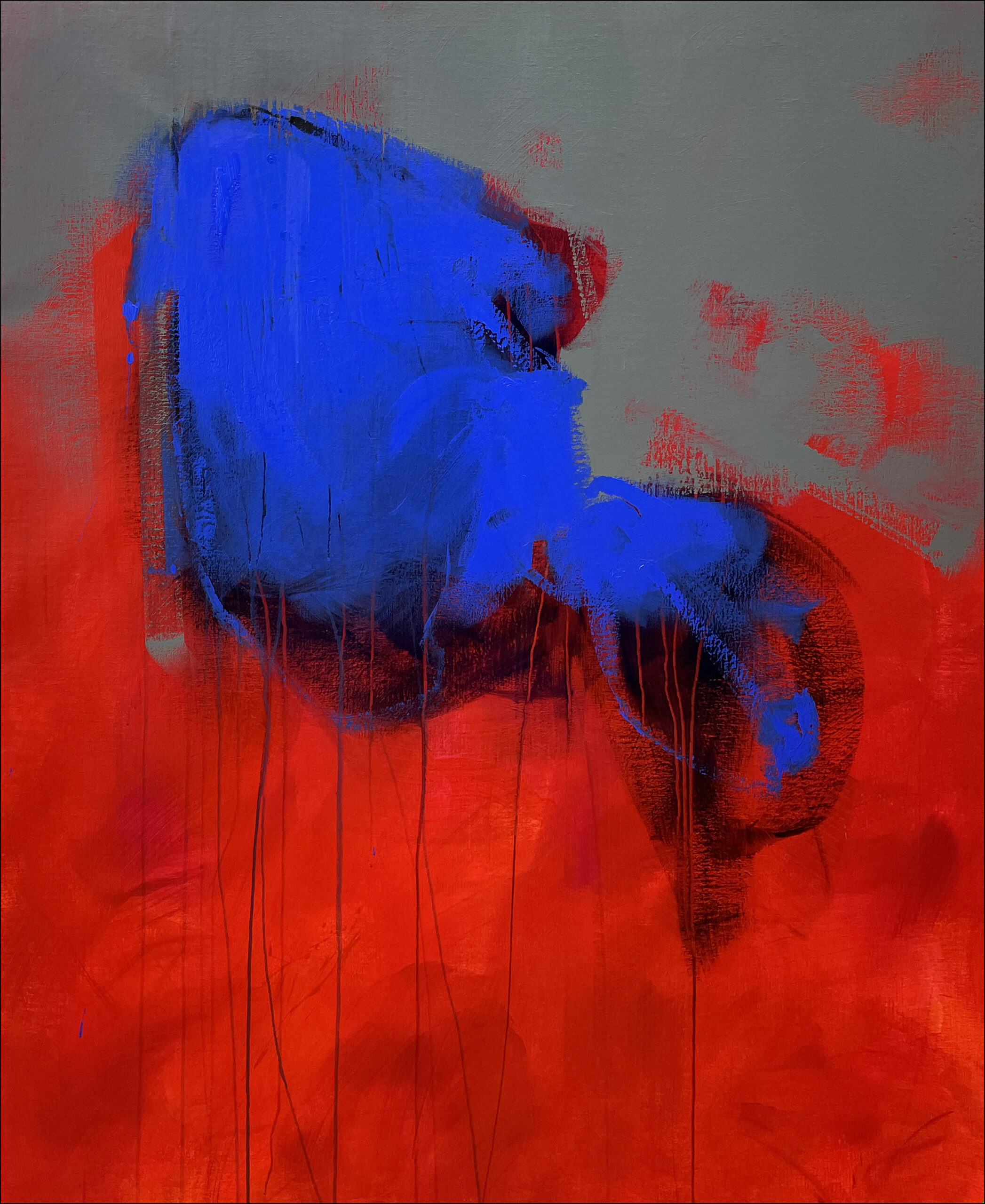
Favorite or most inspiring place?
The most conducive and inspiring place remains the studio. It’s where I feel most complete and secure. It’s the place where most of my life happens. The natural extension of my artistic and creative universe.
What was the best advice you received?
At the beginning of my career, when there were still many doubts about whether this would be the path for me or if I would have the personal, artistic, or other conditions to develop an activity of this nature, some advice to keep going and some motivational support were decisive.
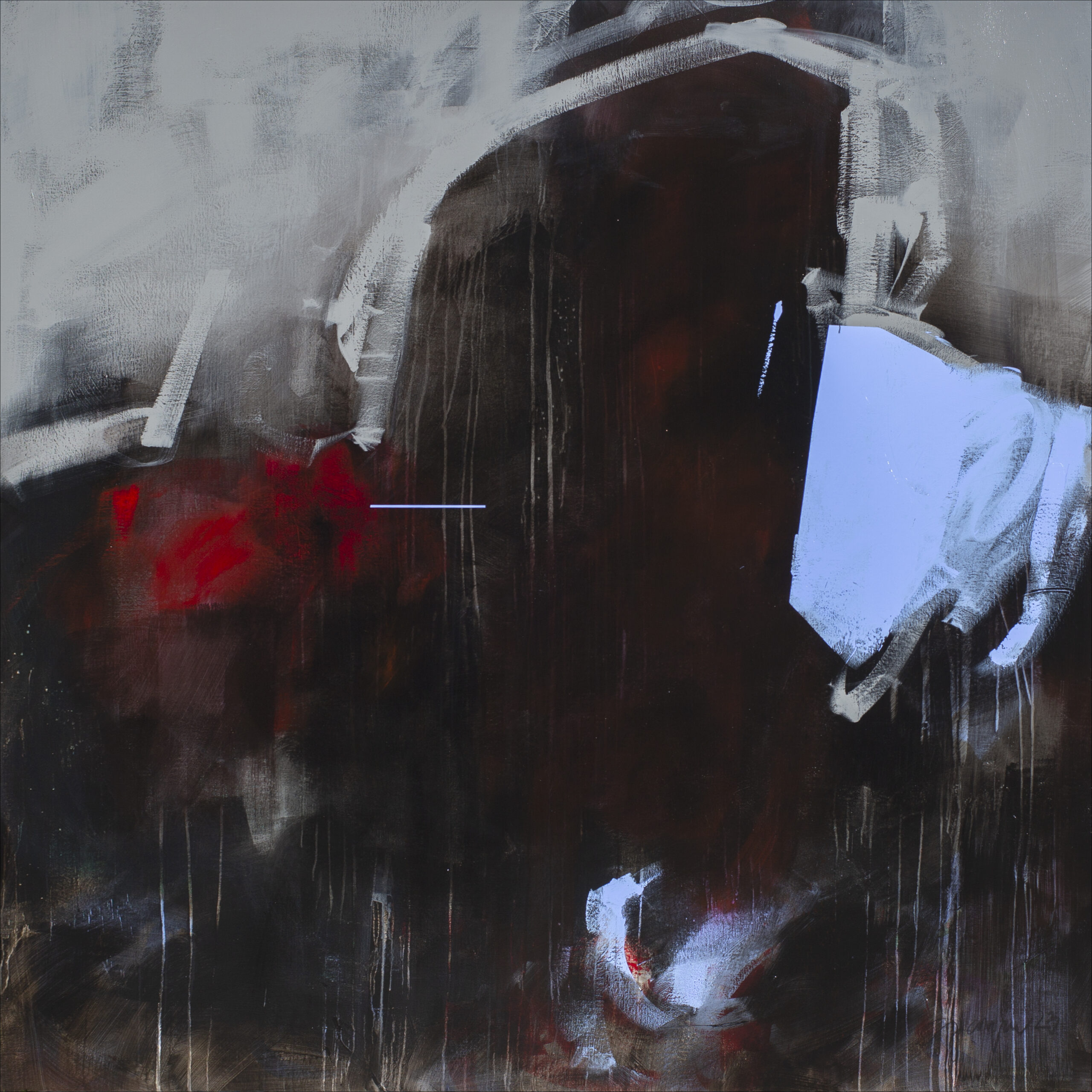
Professionally, what is your goal?
My main concern is to continue painting. To have the conditions to do so. These conditions range from my ability to interpret my time by producing something that not only responds to artistic and philosophical questions of a personal nature but also does so effectively for the society to which I belong. Adding something, valuing something, participating in this process that is humanity and its understanding.
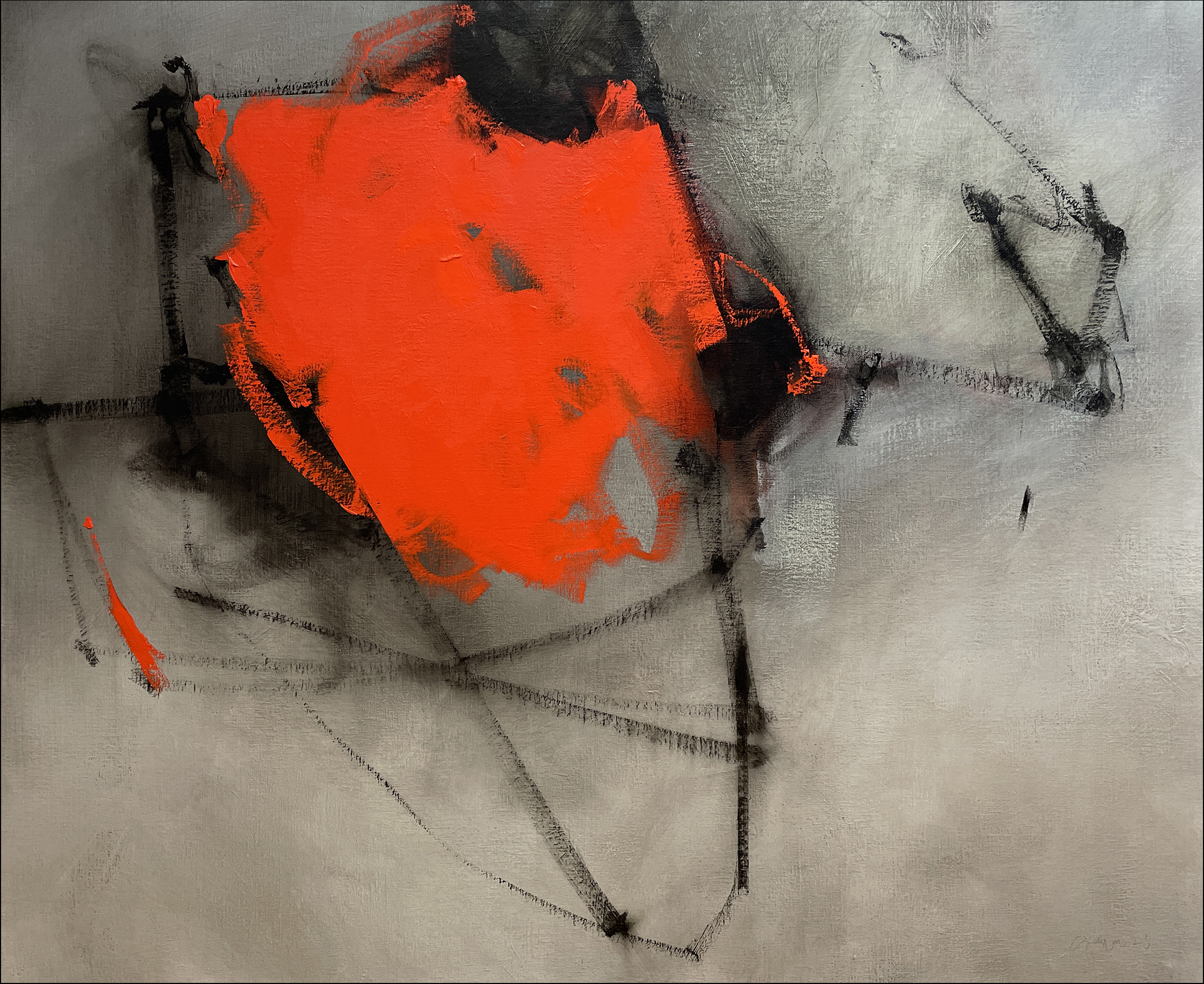
Future plans?
In addition to naturally fulfilling my schedule with some exhibitions and galleries; I’m also eagerly awaiting for a feature film shot in the studio, the installation of a public sculpture in its place, the development of some paintings for labels of a special edition of wine; an experience blending my painting and porcelain. Also, I would like to gather most of my work into a graphic work. This would make it easier to understand and enjoy a journey of almost forty years of dedication to this activity.


